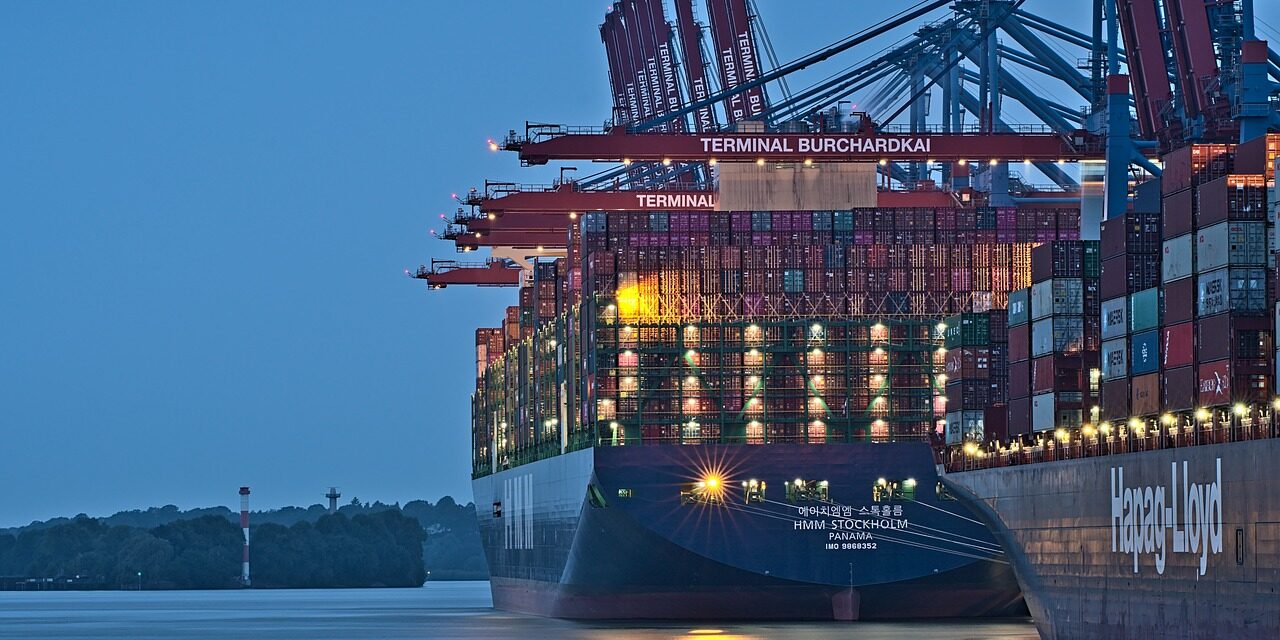In the realm of international trade, the movement of goods via shipping containers is a critical backbone of the global economy. However, a less discussed but significant issue is the frequency with which shipping containers go missing. The phenomenon occurs for multifarious reasons, ranging from logistical mishaps and accidents to theft and mismanagement, raising concerns about the efficiency and security of global shipping networks.
Estimates suggest that annually, around 20 million shipping containers are in circulation worldwide. However, the World Shipping Council reports that up to 10,000 containers are lost at sea each year. This alarming statistic does not account for containers that go missing on land, which can occur due to mismanagement, insufficient tracking, or inaccurate record-keeping systems. While the percentage of lost containers may seem minuscule relative to the total, it highlights systemic vulnerabilities that could have far-reaching implications.
One of the primary causes behind the loss of shipping containers is the unpredictability of maritime conditions. Containers can be dislodged from vessels during severe weather events, such as storms and typhoons, leading to thousands of containers sinking to the ocean floor. Additionally, incidents of container ship collisions and fires exacerbate this problem. In the digital age, where predictability and efficiency are paramount, the loss of even a small fraction of containers has considerable financial ramifications.
Moreover, theft remains a pervasive issue in the shipping industry. Containers are often stolen while in transit or during warehousing phases. Incidents of organized crime targeting shipping containers for valuable goods-ranging from electronics to luxury items—indicate that the issue of theft is not merely anecdotal but a significant challenge in the logistical landscape. Efforts to mitigate these risks have been initiated; however, the implementation of effective tracking technologies and security measures is still in its nascent stage in many sectors.
Moreover, the phenomenon of misplaced containers, which happens more frequently than one might expect, is partly attributable to insufficient tracking systems. Many ports worldwide lack robust infrastructure to facilitate accurate tracking, and as a result, containers can languish in transit unaccounted for, creating inefficiencies. The increasing reliance on automation and digitalization in logistics underscores the urgent need to address these shortcomings.
In conclusion, while international shipping has revolutionized trade, the issue of missing containers remains a significant concern. Addressing the causes behind the disappearance of containers whether through enhanced tracking technology, improved weather forecasting, or stricter security protocols will be essential for reducing losses in this vital sector and ensuring that the global supply chain remains resilient and efficient.

